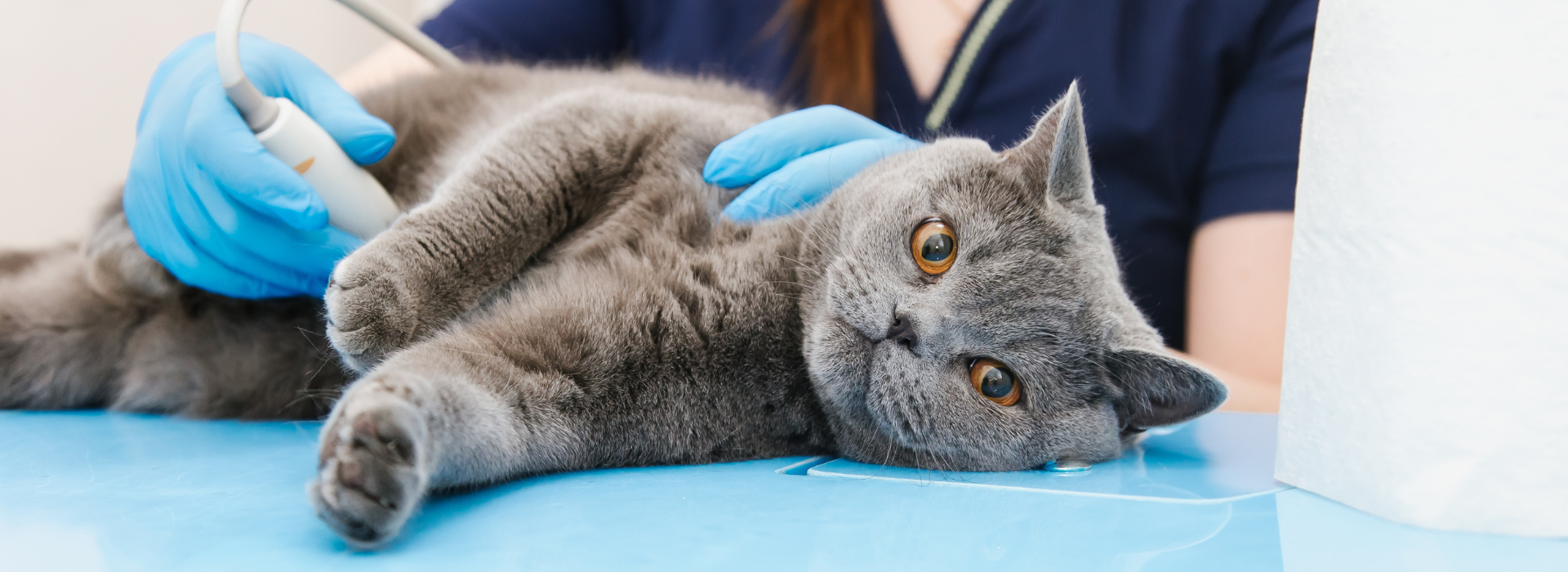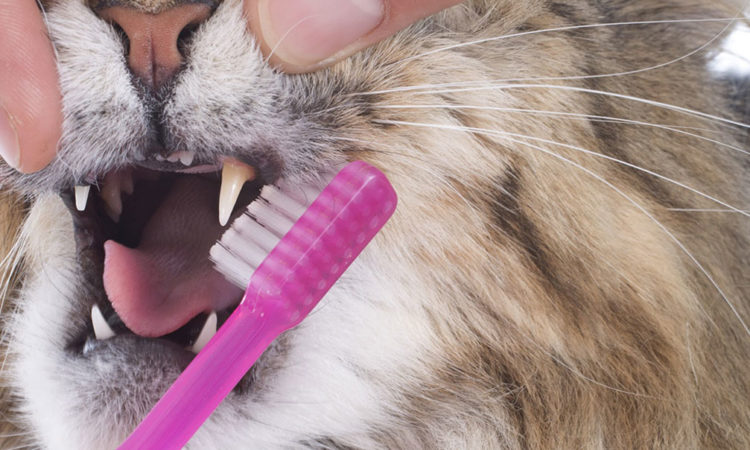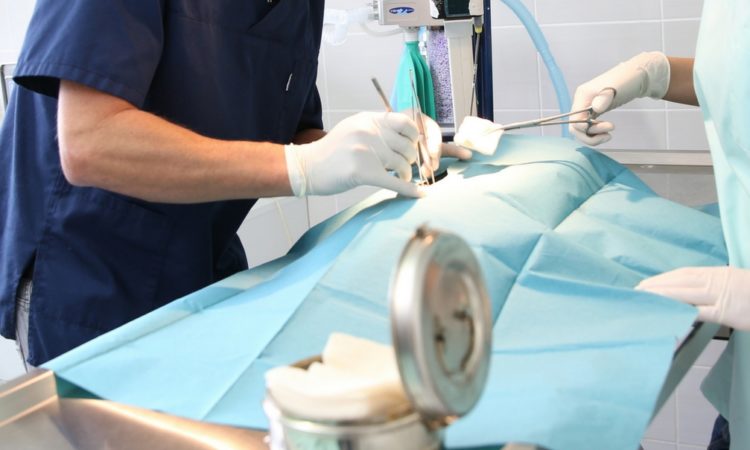Diagnostic imaging tools like ultrasounds and X-rays allow us to see what’s happening inside your pet’s body. Since this equipment is available at our hospital, it limits the hassle of getting your pet’s internal pictures taken off-site, thus speeding up the process.
Will my pet need to be sedated?
If your pet is camera shy or has difficulty staying in one place, a sedative can help keep them calm and still. We need your pet to be as still as possible to ensure we’re accurately capturing the specific area of their body. We try our best to ensure your pet is in a comfortable position to make the process as quick and pain-free as possible. It can take as little as 15 minutes for your pet to have a digital image of their internal organs and structures. These images help our veterinary team with a diagnosis. If necessary, we often share them with specialists if your pet needs a referral.
Why does my pet need an X-ray or ultrasound?
If we request your pet have X-rays done, it’s typically to examine an acute injury, chronic pain, a foreign material they swallowed or heart condition. Our dental suite is also equipped with a specialized digital radiology unit for us to assess your pet’s dental health. We recommend X-rays of your pet’s teeth to determine their structure and bone health. On the other hand, we use ultrasounds to capture your pet’s abdominal organs, pregnancy, spleen, kidney, liver and urinary bladder.
Will my pet be exposed to radiation?
Our on-site digital X-ray processors offer high-quality radiographs in a flash, with limited radiation exposure compared to traditional film technology. Dental X-rays have an even lower exposure rate. We provide your pet with protective covering for the areas we’re not capturing to ensure their safety during both types of X-rays. To learn more about our diagnostic imaging tools, please contact us at 403-217-0460.






